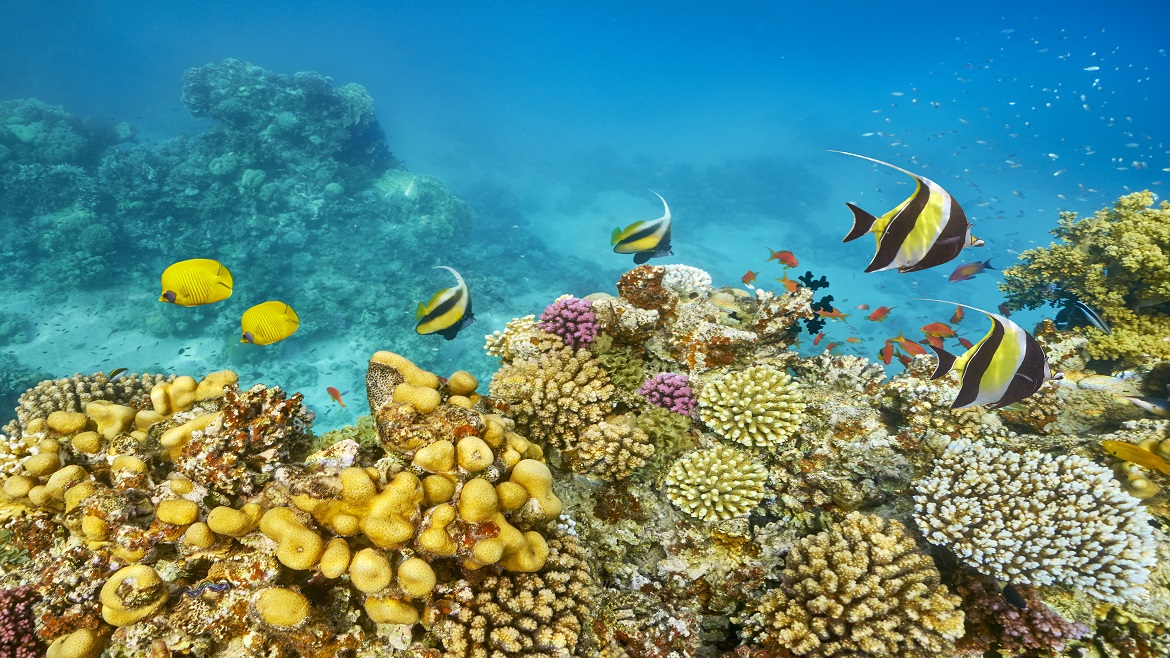The oceans are vast in size, but their natural resources are not limitless. Take fisheries, for example. According to the Food and Agricultural Organization (FAO), nearly 90 percent of the world’s fish stocks are overexploited or have reached their maximum level of exploitation. The days of fishers everywhere being able to catch as many wild fish as they want are long over – effective management of fishing is more necessary than ever.
According to the World Bank and the FAO, fisheries are an underperforming global asset – by an estimated $50 billion per year – mostly because of dismal management and overcapitalization of fishing fleets. Add in the estimated $20 billion per year globally that is lost to illegal or pirate fishing and you have a whale of a problem.
One of the missing tools to manage fisheries better was a simple way to monitor where fishing vessels were operating – and therefore detect illegal fishing. But in January of this year, a new and relatively inexpensive high-tech system, developed by a UK company called Satellite Applications Catapult and funded by the Pew Charitable Trusts, made its debut. This system brings the power of space technology to bear on the challenge of monitoring fishing vessels (both legal and illegal), and offers the potential to vastly improve fisheries management.

(http://www.bbc.com/news/world-asia-30808949)
The system was designed to apprehend illegal fishing vessels by monitoring their activities using satellite tracking and sophisticated data analysis. At Catapult, they have collected layers of data and developed a software program that allows detection of fishing vessels that are moving in ways or in locations that are indicative of illegal fishing. Data that used to take a team of humans 18 hours or more to “crunch,” can now be assimilated in 18 milliseconds by the computers at Catapult.
For small island nations, like Palau, that are havens for pirate fishermen, this is welcome news. Before long, those vessels will be out of business. And that will be a huge benefit to law abiding fishers the world over, and will eliminate one of the major problems facing the oceans. Moreover, vast new marine protected areas, such as the Pacific Remote Islands Marine National Monument greatly expanded by President Obama, and the Pitcairn Islands under consideration for similar protection by the UK government, will be safe from poachers. Pummeled fish stocks will have enormous safe havens within which to rebound.

(http://breachingtheblue.com/2012/07/31/the-seafood-supply-chain/)
Even more, this system could be used to track and store data about how much fish is being caught and where. Fish can be traced back from the port where they are landed, to the ship that carried them into port, and back even farther to the ship that took them out of the ocean. Fisheries managers in every nation can track and analyze fishing effort in a specific location in real time, and over time. That is a game changer. Finally, there is real hope for better management of the 10% of the world’s fish stocks that are still not depleted, and for rebuilding the nearly 90% that have been overexploited and fully exploited.
The Economist Events' third World Ocean Summit, hosted in association with National Geographic, will discuss blue economy and how we can set a new global agenda for the ocean economy. Taking place on June 3rd to 5th in Lisbon, Portugal, the summit will convene more than 300 global leaders from various sectors with direct interests in the oceans and ignite a constructive dialogue on solution. The views and opinions expressed in this article are those of the authors and do not necessarily reflect the views of The Economist Intelligence Unit Limited (EIU) or any other member of The Economist Group. The Economist Group (including the EIU) cannot accept any responsibility or liability for reliance by any person on this article or any of the information, opinions or conclusions set out in the article.




